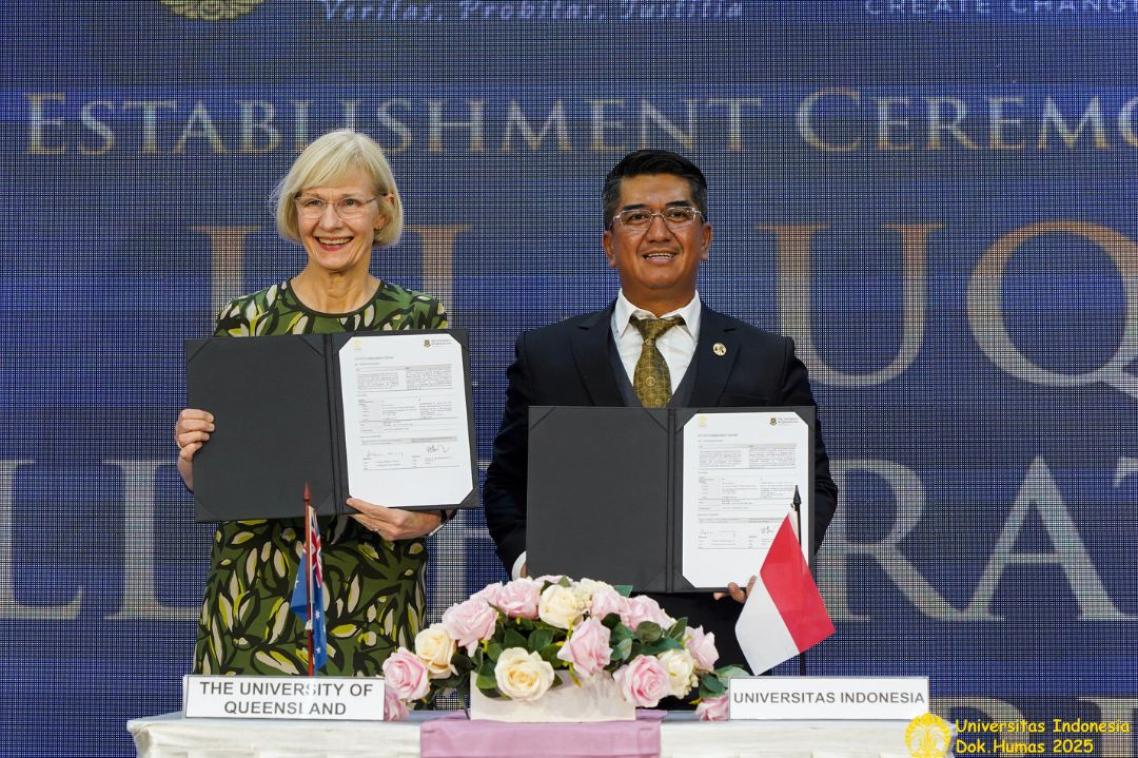UQ research solves mystery of ancient Hawaiian voyaging
University of Queensland researchers have proven ancient Pacific islanders made the journey between Hawai’i and Tahiti, solving a long-standing sea-faring mystery.
UQ Earth Science Professor Ken Collerson and archaeologist Dr Marshall Weisler have studied a woodworking tool, called an adze, that was fashioned from volcanic rock. The adze was collected in the 1930s on a low coral island in the northwest Tuamotu Archipelago in French Polynesia, 4000 km from Hawai’i.
“This 4000 km journey now stands as the longest uninterrupted maritime voyage in human prehistory,” Dr Weisler said.
The research will be published on September 27 in the prestigious journal Science.
Professor Collerson said the lead isotope composition and trace element chemistry of this adze clearly shows it was manufactured from a volcanic rock that came from Hawai’i, rather than from an island in central Polynesia, close to where it was collected.
“Using knowledge of the chemistry and the unique isotopic compositions of mantle sources of volcanic rocks in East Polynesia, we identified the sources of every one of the 19 adzes in the study,” Professor Collerson said.
“The varied chemistry of the adzes showed that they were obtained from throughout East Polynesia, including the Marquesas, Australs, Societies, and the Pitcairn Group.”
He said this innovative multi-disciplinary isotope and trace element research is the first physical confirmation that the truly remarkable extended voyages from Hawai’i, documented in the Polynesian oral histories, were possible.
Dr Weisler said although Hawaiian oral histories mentioned voyages from Hawai’i to Tahiti and back via the Tuamotus, a total open ocean journey of more than 8,000 km, until now, no objects originating from Hawai’i had ever been identified in East Polynesia.
“Kaho’olawe Island is culturally extremely important to Hawaiians and before beginning their voyage south from Hawai’i, the ancient voyagers in their sea going canoes most likely stopped at the westernmost tip of the island, traditionally named Lae o Kealaikahiki, which literally means ‘the cape or headland on the way to Tahiti’,” Dr Weisler said.
“Here they apparently collected rocks, like that from which the adze was subsequently made, to take on their voyage, either as ballast or as a gift.”
Dr Weisler said by confirming the extent of ancient inter-island trade within East Polynesia, he and Professor Collerson had resolved a fundamental and long-standing archaeological problem concerning migration and cultural exchange within East Polynesia, the last region on Earth settled by humans during prehistory.
Media inquiries: Professor Ken Collerson (61 7 3365 8505, 61 7 3878 4445, 0412 049 602 or k.collerson@uq.edu.au), Dr Marshall Weisler (61 7 3365 3038, 61 7 3720 9223 or m.weisler@uq.edu.au) or Andrew Dunne at UQ Communications (61 7 3365 2802 or 0433 364 181).
To obtain copies of the embargoed paper contact AAAS Office of Public Programs +1-202-326-6440 or scipak@aaas.org.
Images to accompany this story can be viewed here. For high resolution copies, contact Diana Lilley (07 3365 2753, d.lilley@uq.edu.au).
Related articles

Australian and Indonesian universities launch centre to accelerate research, innovation and engagement

National guidelines to revolutionise concussion treatment
Media contact
UQ Communications
communications@uq.edu.au
+61 429 056 139
